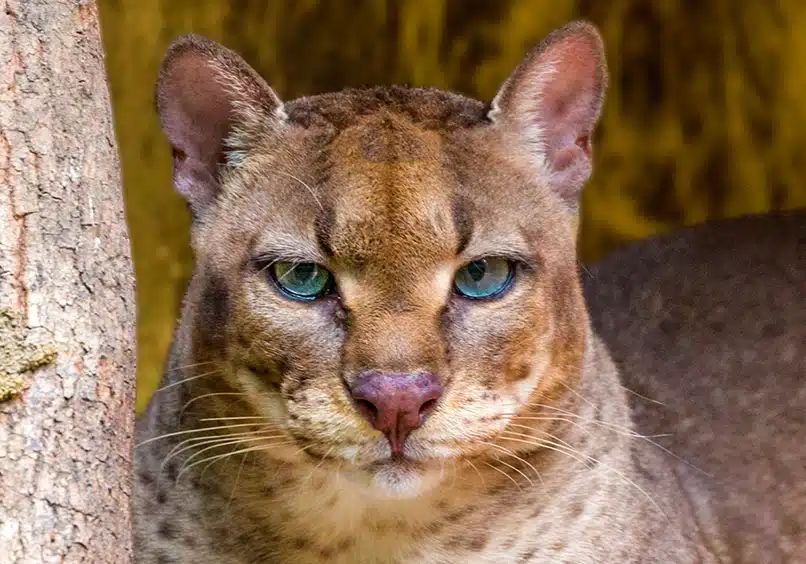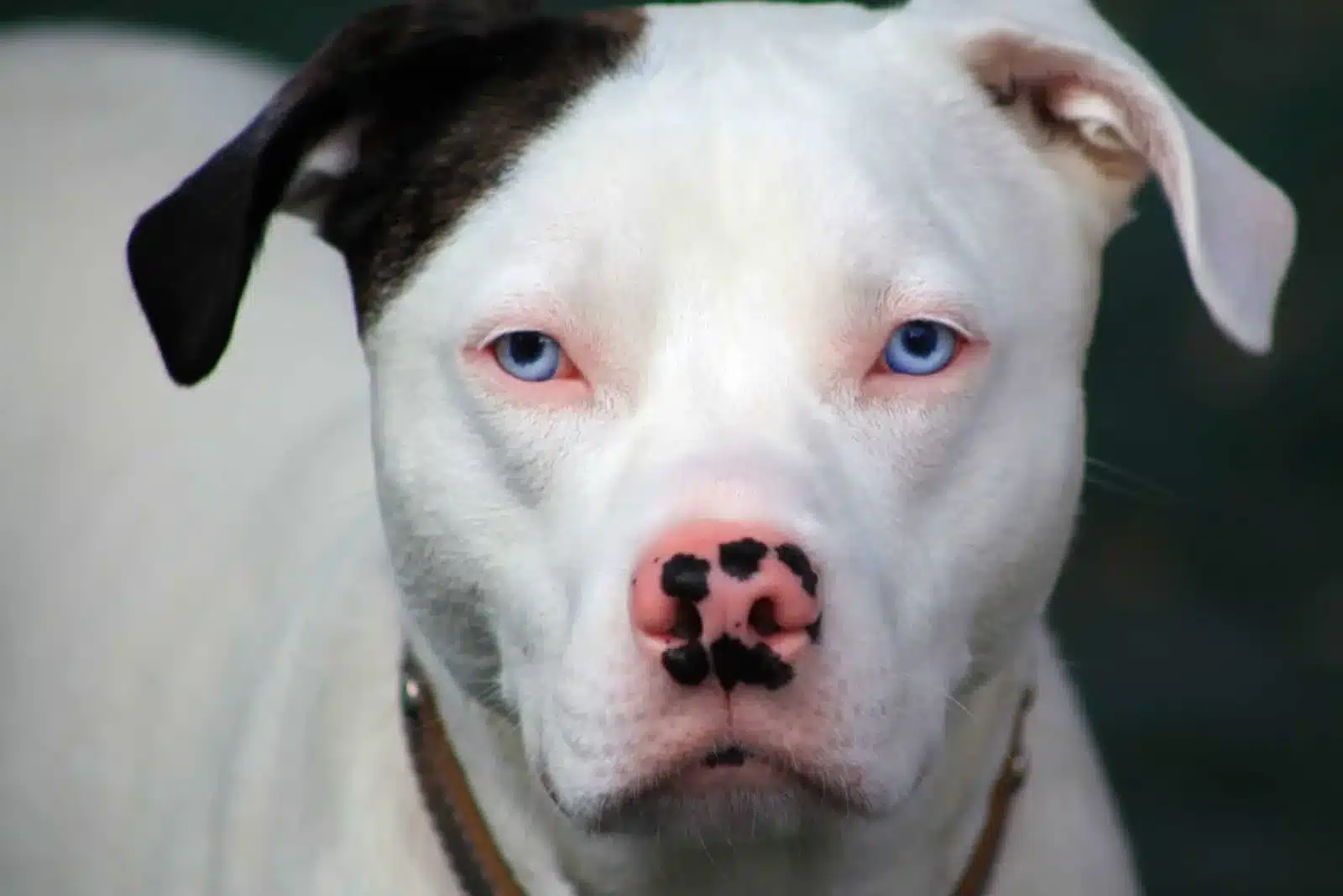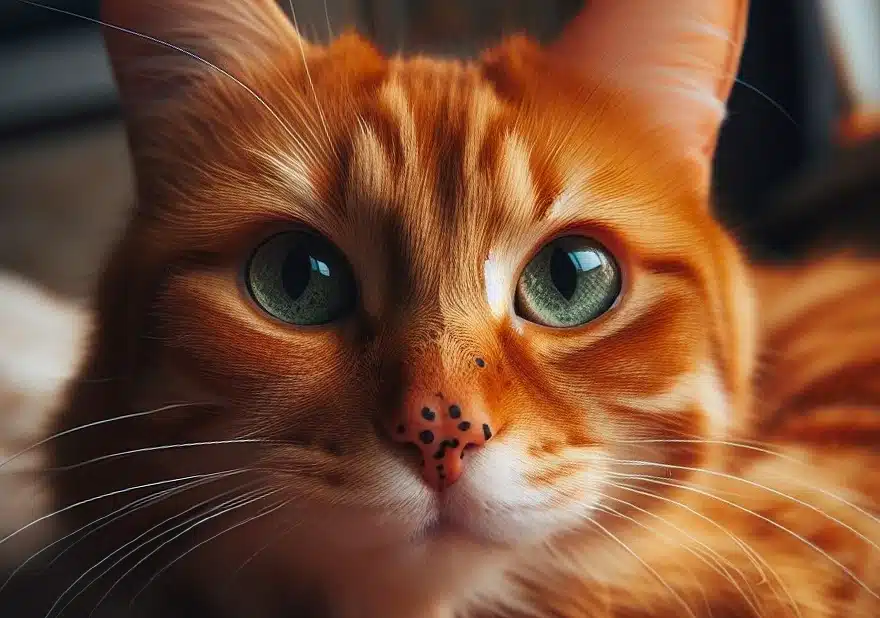Birds Without Feathers: Causes, Implications, And Real Examples
Ads Disclosure ?
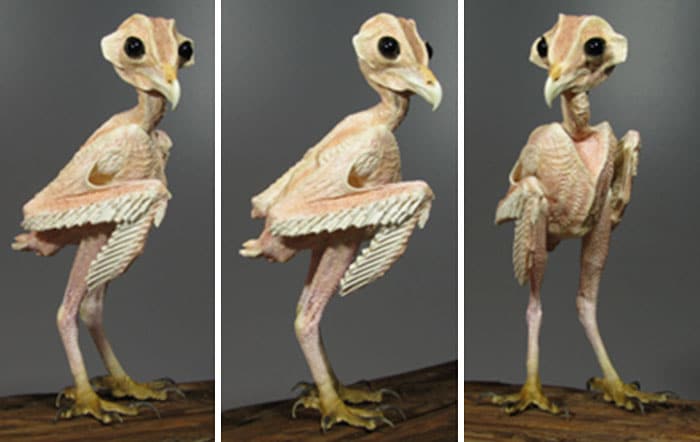
Birds are synonymous with feathers, a characteristic that typically defines this group of avians. While birds depend on feathers for flight, insulation, and mating displays, certain conditions can result in a bird losing its feathers (either partially or completely). Causes can range from genetic disorders to environmental factors.
The loss of its feathers makes it practically impossible for a bird to survive in the wild. While hairless mammals may not face immediate danger without their fur, reality is drastically different for birds. Stripped of their feathers, birds lose their ability to take to the skies, and to perform basic functions crucial for their survival. Unfortunately, in the wild, such birds are extremely unlikely to survive without human interference and help.
And as you will certainly see in some of the examples we share below, featherless birds also challenge our traditional image of what a bird looks like…
Jump To Section
Anatomy and Function of Feathers

Feathers play a crucial role in the survival and adaptation of birds, providing benefits such as insulation, flight capabilities, and camouflage. Understanding their structure is key to comprehending their various functions in bird life.
Feather Structure and Development
Feathers are complex structures composed primarily of keratin, a type of protein also found in human hair and nails. They begin as follicle outgrowths in the skin and undergo a meticulous development process. The key components of a feather include the central shaft (rachis), which provides support, while the barbs and finer barbules branch out to create the vane’s surface. These barbules interlock, forming a flat, smooth surface for flight. At the base, the calamus, or quill, anchors the feather to the bird’s skin. In birds, feather development is continuous, with old feathers being shed and replaced in a process known as molting.
- Types of Feathers:
- Contour feathers shape the bird’s body and are essential for flight.
- Down feathers provide insulation.
- Semiplumes offer insulation without adding much weight.
- Filoplumes are hairlike feathers that sense the position of the feather vanes.
- Bristles are specialized feathers with sensory functions.
Feather Diversity and Specialization
Tail feathers and wing feathers (flight feathers) are robust and asymmetrical, optimized for the demands of flying. Down feathers, located beneath the exterior feathers, trap air and insulate birds against the cold, aiding in thermoregulation. Camouflage is another critical survival function; the coloration of plumage can vary greatly among bird species, providing vital concealment from predators. In courtship, vibrant and ornate feathers play a significant role, with species developing unique patterns for display and mating rituals.
- Examples:
- The vivid plumage of a peacock is used for courtship displays.
- Penguins have dense, oily feathers essential for insulation in cold habitats.
The Role of Feathers
Aside from flight, feathers offer birds a wide range of adaptive advantages. They protect the skin from elements and injuries, aiding in regulating body temperature and protection against environmental stress. Feathers also engage in non-flight functions, such as in flightless birds like ostriches, where they may be adapted for display or temperature control rather than aerodynamics. Preening is a maintenance behavior where birds use their beaks to clean, reposition, and oil their feathers, reinforcing the structure and waterproofing necessary for their various roles.
- Functionality of Specific Feathers:
- Wing feathers ensure lift and maneuverability in flight.
- Tail feathers act as rudders, assisting in steering.
- Bristles around the mouth of some birds can detect food.
How Birds Can Lose Their Feathers: Understanding the Causes
Birds may experience feather loss due to different causes, such as genetic mutations, behavioral disorders, diseases, and more.
Temporary Molting
Molting is the natural process where birds shed old feathers to make room for new growth. While molting, they often exhibit patchy or thinner feather spots, but it’s generally a temporary natural state that occurs seasonally.
Dietary and Nutritional Deficiencies
Improper diet can lead to malnutrition, affecting feather quality and growth. Vitamin A deficiency and a lack of nutritional proteins are specifically linked to feather disorders. A well-balanced diet is crucial for birds to maintain healthy feathers.
Diseases and Genetic Disorders
Birds can suffer from diseases which can result in significant feather loss. For example, birds suffering from the avian skin condition known as “follicular cyst” or the disorder known as “chrysanthemum feather disease” may lose their feathers permanently.
Genetic disorders may also contribute to abnormal feather development and loss.
Parasitic and Bacterial Infections
Parasites like feather mites and lice, as well as bacterial infections from organisms such as Staphylococcus, can damage feathers and skin, leading to feather loss. Liver disease and infections like giardia are also potential contributors.
Stress-Related Feather Plucking and Destructive Behavior
Feather plucking is a behavioral issue where birds intentionally pull out their feathers. This can be due to stress, environmental changes, or underlying health problems. Environmental stressors or abrupt changes can trigger psychological distress in birds, often manifesting in disorders that can lead to feather loss.
Featherless Birds: Implications and Risks
Besides their critical role for enabling flight, feathers are also essential for a bird’s temperature regulation, camouflage, and insulation. Featherless birds face a variety of challenges that feathered birds may not encounter. Without feathers, they will struggle to maintain body temperature, as feathers provide a buffer against both cold and heat. They are also more visible to predators and may have difficulty in using camouflage to hide from threats or during hunting.
Additionally, the display of plumage is a crucial aspect of many courtship displays; without it, featherless birds might be at a disadvantage in attracting mates. The lack of feathers can also affect social behavior within avian communities, as plumage is often used for recognition and communication.
Furthermore, feathers protect birds from parasites and disease. Without this protective layer, featherless birds are more susceptible to skin injuries and infections, which can lead to increased stress levels. This susceptibility requires these birds to have alternative strategies for dealing with these threats to ensure their survival.
Examples of Birds Without Feathers
In examining birds without feathers, each species presents unique reasons for its appearance. Some are naturally less feathery in certain areas, while others may experience temporary loss due to various factors.
The results can be quite striking, to say the least.
Penguin
Penguins possess a layer of short, dense feathers that are essential for insulation in frigid environments. Their aquatic lifestyle is supported by these specialized feathers, which also play a role in waterproofing. A penguin without feathers, like the individual pictured below, is seriously ill-equipped for life in the wild.
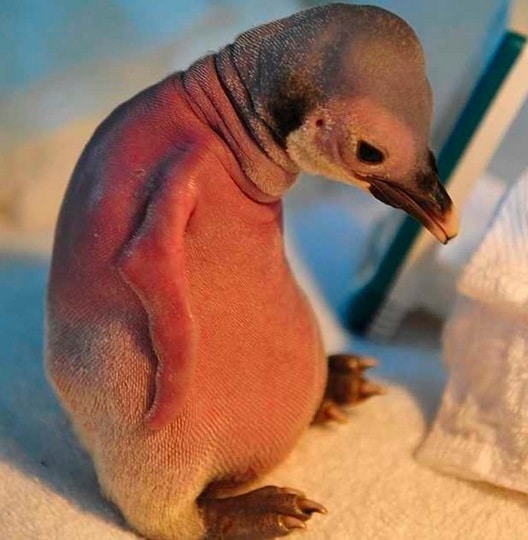
Chicken (Rooster)
Chickens, particularly roosters, can sometimes display areas without feathers. This may be due to molting, a natural process where birds shed old feathers to make way for new growth. On other occasions, it could be a sign of stress, disease, or feather pecking by other birds.
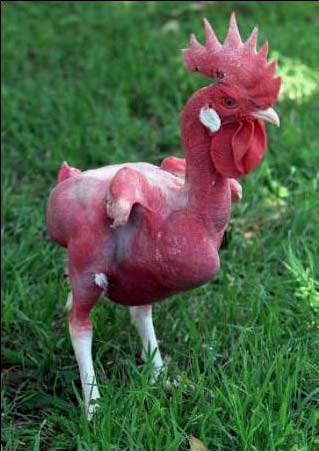
Barn Owl
Owls’ unique plumage is well-adapted for silent flight and camouflage within their habitats, and is therefore, crucial for their survival. Author Dana Schwartz once tweeted this picture of a “naked” barn owl without its feathers, adding: “I just googled what do featherless owls look like, and I am severely shaken,”

Ostrich
The ostrich, a flightless bird, has a distinctive appearance with areas of bare skin, specifically on their legs and necks. These large, formidable birds have long, shaggy feathers that serve multiple purposes, including temperature regulation and mating displays. Certain health conditions, however, can leave an ostrich featherless (like the female pictured below).

Parrot
Healthy parrots have a vibrant plumage that is vital for protection, camouflage, and social interactions. Some parrots, however, might exhibit a lack of feathers in certain situations, such as illness, malnutrition, or psychological stress, leading to feather plucking.

Hairless Mammals
While most mammals are covered in hair or fur, some health conditions and certain genetic mutations can lead to hairlessness in mammals such as foxes, hedgehogs, bears, and many others.
Frequently Asked Questions
Are there any bird species that naturally do not have feathers?
No bird species naturally lacks feathers entirely; however, there are instances where certain birds may appear featherless. The emu, for instance, has feathers that resemble shaggy hair rather than the typical bird feather structure.
Can a bird fly without tail feathers?
Birds can fly without tail feathers, but their flight may be compromised. Tail feathers act like the rear stabilizers on a plane; they provide stability and help with steering, so a bird without these feathers can fly but might not do so as effectively or for as long distances as it could with a full set of tail feathers. Even with this handicap, birds have been observed flying without any tail feathers, managing to adapt to their temporary limitation.
Can birds fly without any feathers?
Birds would not be able to fly without feathers because their wings wouldn’t be able to generate the necessary lift for them to take off and remain airborne. Feathers are crucial for flight; they provide the necessary surface area and aerodynamic shape, and they also help to control the flow of air over the wings, which is essential for maintaining lift. Without feathers, a bird would struggle to keep control and remain stable in the air.
How do birds without feathers regulate their body temperature?
Birds without feathers face challenges in thermoregulation. Feathers play a critical role in maintaining a bird’s body temperature, therefore birds that have lost feathers need to utilize other measures such as seeking shade, sunbathing, or increasing their metabolic rate to stay warm or cool.
What causes a bird to lose its feathers?
Feather loss in birds can be caused by a variety of factors including molting, illness, mite infestation, or environmental stressors. In some cases, cardinals and blue jays have been observed losing all their head feathers at once, which is usually a result of the natural molting process.
How does feather loss affect a bird’s ability to survive?
Feather loss can significantly impact a bird’s survival by affecting its flight, insulation, and camouflage. Without feathers, a bird may struggle to fly effectively to escape predators or search for food, and it may have difficulty regulating its body temperature, which can be detrimental in extreme weather conditions.
What is the treatment for a bird that has lost its feathers?
Treatment for a bird that has lost its feathers typically involves addressing the underlying cause of feather loss. This may include medical treatment for diseases or parasites, improving environmental conditions, and providing supportive care to assist with temperature regulation until the feathers can regrow.
Can a bird’s feathers fully regrow after being lost?
Yes, birds’ feathers can fully regrow after being lost, provided that the follicles are not damaged. The feather renewal process is known as molting and it occurs naturally at certain times of the year to replace old or damaged feathers with new ones.

